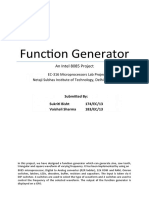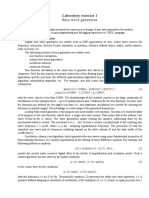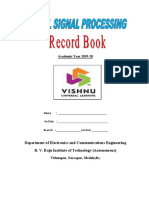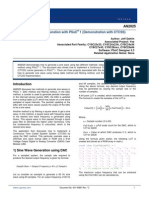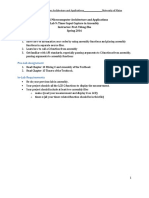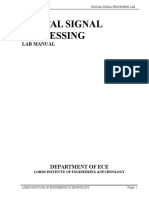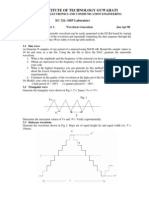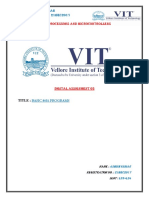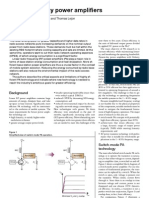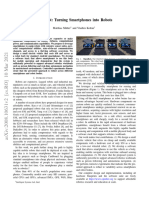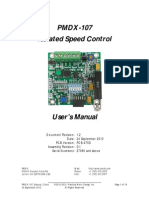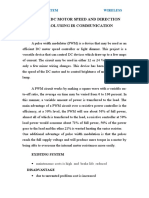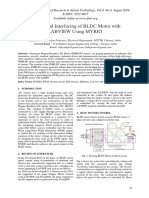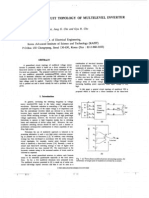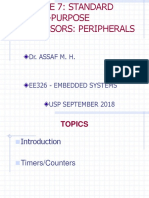0% found this document useful (0 votes)
75 views7 pagesDSP Arch and Programming Lab Manual
The document outlines a laboratory experiment for generating a real-time sine wave using a microcontroller or DSP in Code Composer Studio. It details the materials required, step-by-step procedures for setting up the project, initializing a sine wave lookup table, configuring a timer for execution, and outputting the sine wave through DAC or PWM. The experiment aims to demonstrate efficient continuous waveform generation in embedded systems.
Uploaded by
subashiniCopyright
© © All Rights Reserved
We take content rights seriously. If you suspect this is your content, claim it here.
Available Formats
Download as DOCX, PDF, TXT or read online on Scribd
0% found this document useful (0 votes)
75 views7 pagesDSP Arch and Programming Lab Manual
The document outlines a laboratory experiment for generating a real-time sine wave using a microcontroller or DSP in Code Composer Studio. It details the materials required, step-by-step procedures for setting up the project, initializing a sine wave lookup table, configuring a timer for execution, and outputting the sine wave through DAC or PWM. The experiment aims to demonstrate efficient continuous waveform generation in embedded systems.
Uploaded by
subashiniCopyright
© © All Rights Reserved
We take content rights seriously. If you suspect this is your content, claim it here.
Available Formats
Download as DOCX, PDF, TXT or read online on Scribd
/ 7
